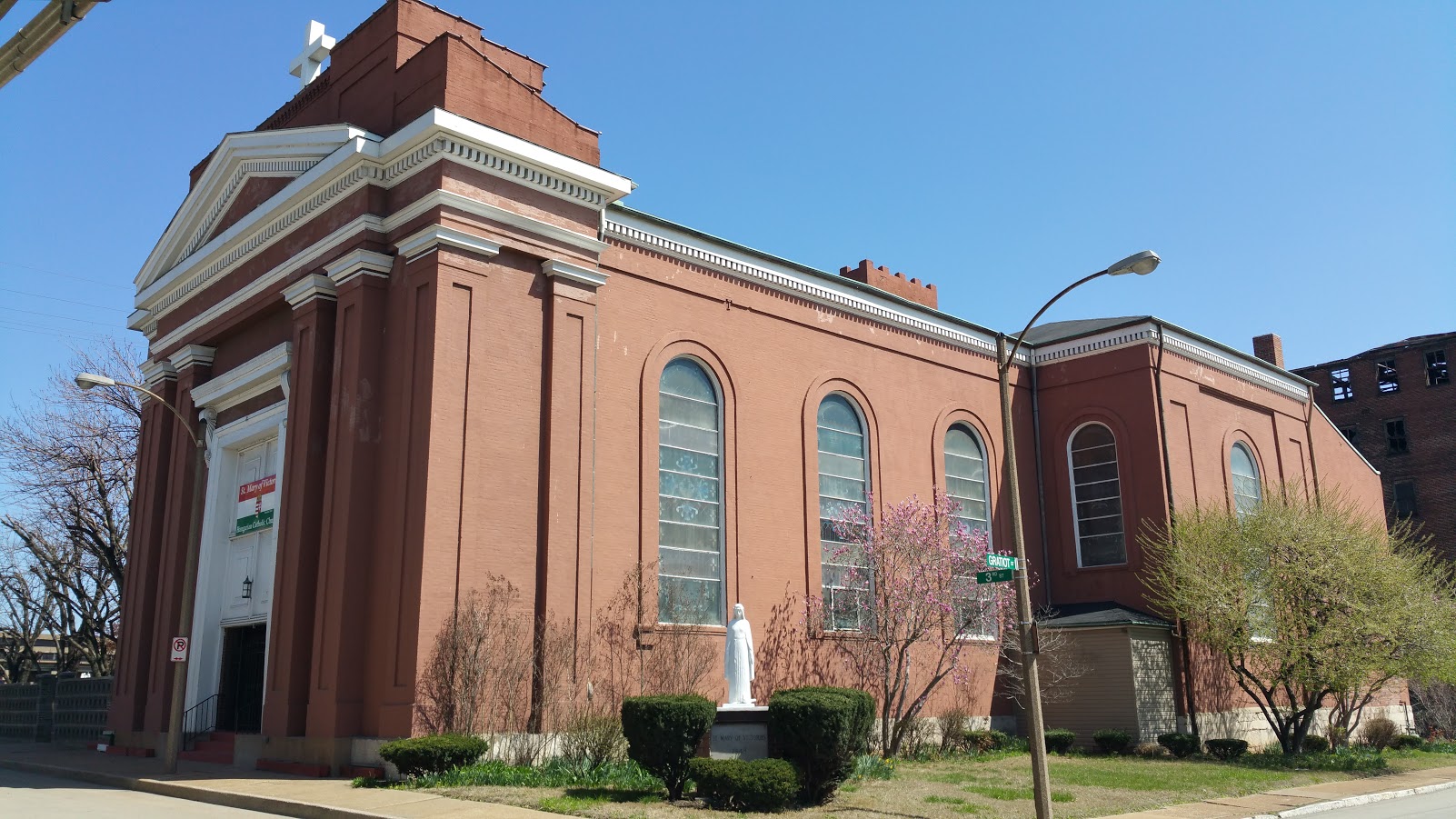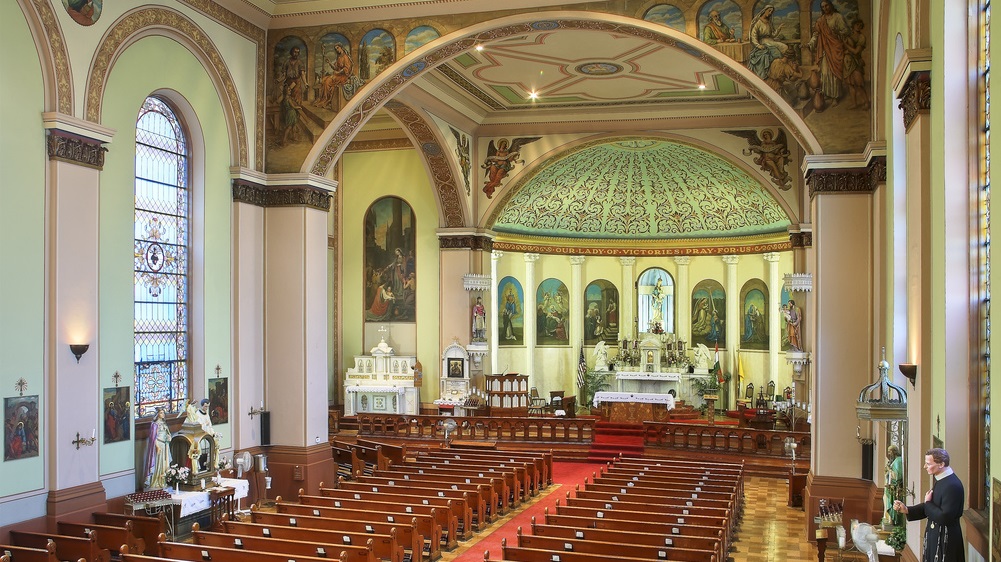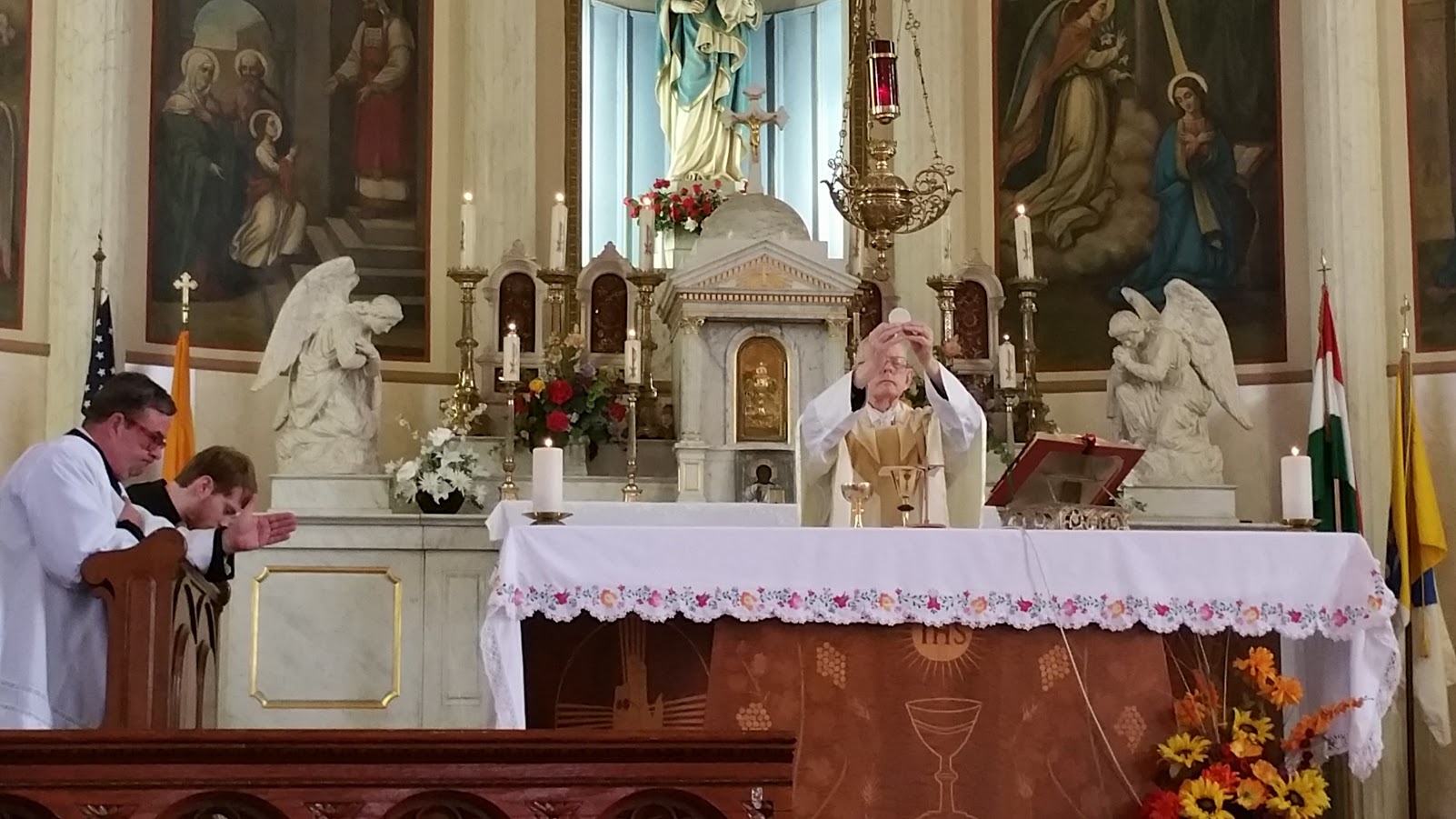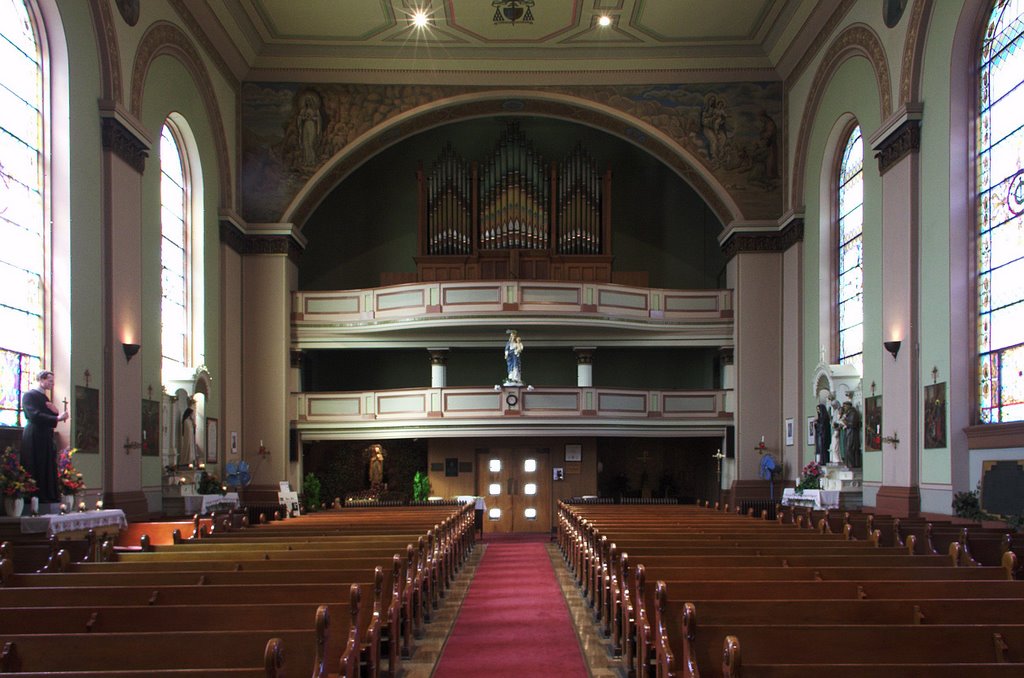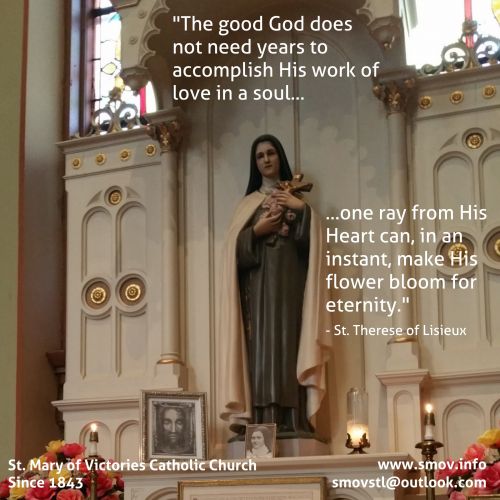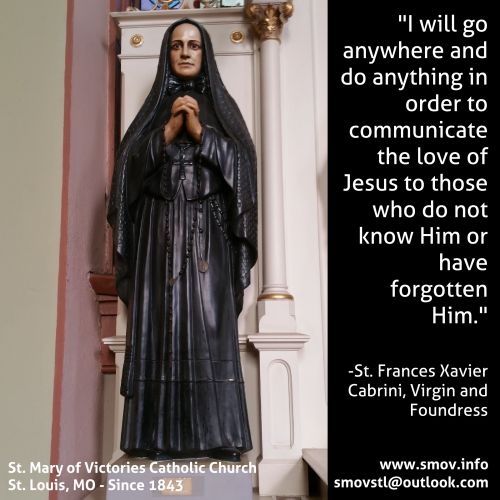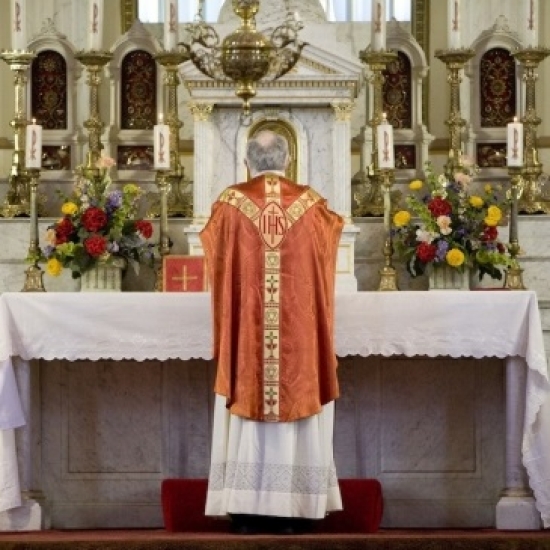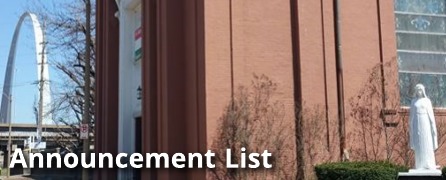30 December 2012, Holy Family Sunday
Introit: Deus in loco, begin on C (as do)
Offertory: Once in royal David’s city, p. 336, begin on C
Communion: Fili, quid fecisti, begin on F (as fa)
Recessional: Hark the herald angels sing, p. 230, begin on C
The Introit antiphon we also sing on 17th Sunday of the Year. Here are the notes again for your convenience. It has three phrases:
1. Deus in loco sancto suo:
2. Deus qui inhabitare facit unanimes in domo:
3. (a) ipse dabit virtutem, et fortitudinem
(b) plebi suae.
The melody faithfully observes the division of the phrases. The first and third phrases tend upwards, while the second tends downward. Hence we have here the form ABA. This contrast is based on purely musical grounds, since the text offers no reason for it. The text has three ideas: (1) God abides in His holy places: in heaven, in the Church, in the heart of him who has the life of grace. We owe Him reverence and adoration. (2) God wishes to unite all those who enter His house into one family, into one heart. (3) If the mystery of strength already abides in this unity, then God provides special power (Exsurgat in the ps verse) for the struggle against His foes, who are at the same time ours.
Like the Introit Ecce Deus (OF: 16th Sunday Per Annum; EF: Ninth Sunday after Pentecost) the first phrase also begins immediately on the dominant, with a descending line to the tonic. Give emphasis to the word Deus, and take care to not prolong the doubled notes more than their alloted pulses require. The rest of the phrase is solemn and reverential. Each of the disyllabic words has the accented syllable lengthened, so that the whole sounds like a succession of solemn spondees—Deus, loco, sancto suo. The final clivisover (lo)-co corresponds to that over (sanc)-to. They must not be made too abrupt.
The second phrase has the more interesting melody. Here again the word Deus is marked by its accent and melodic independence; and just as the first phrase properly begins only with in loco, so does the second with inhabitare. This second Deus is more tender and quiet than the first, as this phrase speak of God's goodness rather than His majesty. Both word-accents in each of the two members, inhabitare and unanimes, have a correspondingly important musical accent. The second porrectus should be sung more lightly than the first, and then we have a steady crescendo to the musical climax, which speaks of the workings of divine mercy with the word facit. Without cutting short the clivis of (fa)-cit, we should keep facit and unanimes together without a pause. (If needed, steal a breath before facit.) The cadence on domo has no long pause; it moves urgently toward completion.
Melodically speaking, the third phrase has two members. The first bears some resemblance to the first phrase of the antiphon, with the same spirit of solemn affirmation. Happy trust in God is suggested by the accented dominant and the fourth. A sharp, clear pronunciation of the consonant "t" before the "v" will contribute much to bring out the symmetry between dabit and virtutem. This part moves in the four-note range a-d, emphasizing the c, while the following et fortitudinem, employing a similar range (f-b♭), stresses a and for the first time strikes b♭. The cadence closes a part of a phrase, but not the entire piece, and therefore no considerable pause is allowed after it. The second member, plebi suae, reminds us of qui inhabitare in the first phrase with its upward movement. The principal accent on ple-(bi) occurs with its highest neum, b♭c. A very deliberate and even flow should be given to the cadence-like torculus over su-(ae).
The Communion antiphon has four phrases:
1. Fili, quid fecisti nobis sic
2. Ego et pater tuus dolentes quaerebamus te
3. Et quid est quod me quaerebatis
4. Nesciebatis quia in his quae Patris mei sunt oportet me esse
The high point of the melody coming in so strongly over Patris mei immediately make clear the import of the text: Jesus is ‘about the business of My Father’ and the anticipation of that high point over nesciebatis tells us that any persons would know Jesus must know that about Him. In the farewell discourse at the Last Supper, He develops this idea as the key to understanding the meaning of His passion and death. The sorrow that Mary and Joseph feel searching for Jesus in the Temple is only a pale shadow of the sorrow that Mary will know at the hour when He fulfills His Father’s business on the cross. And doing the will of the Father is not a take it or leave it proposition. Jesus must (opportet me) be doing that. As we so often find in texts during the Christmas season, the nexus between the wood of the crib and the wood of the cross is inseparable.
